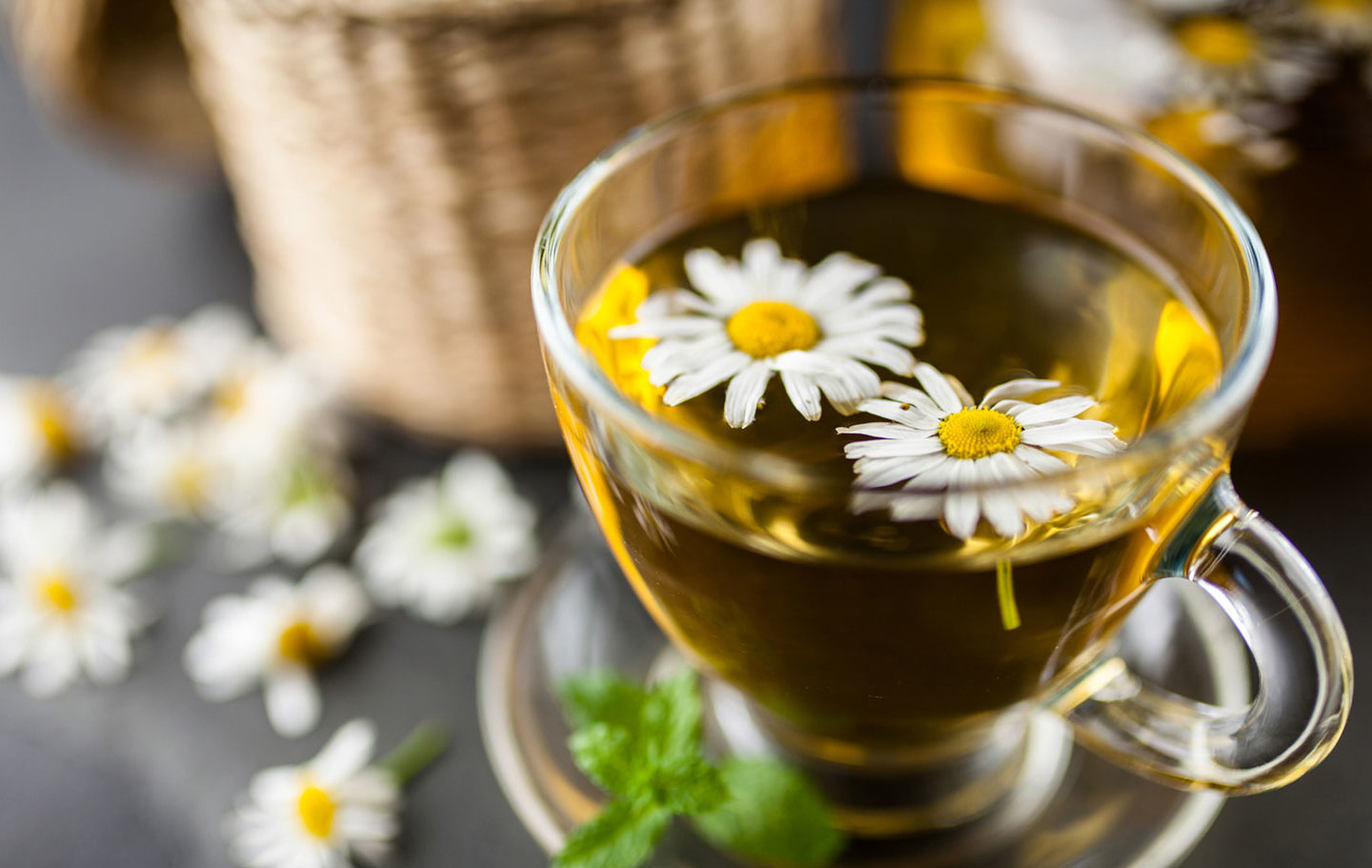Intestinal flora - what is it actually? Such a flowery word - intestinal flora. It has nothing to do with [...]

Build up intestinal flora after gastro-enteritis: Here’s how it works
Gastrointestinal diseases are among the most common infectious diseases. If the mucous membranes of the stomach and intestines are inflamed, nausea, diarrhoea and vomiting can be the result. Due to the high infectious load, there is a high risk that the intestinal flora will become unbalanced. But with simple means you can restore your gut flora and strengthen your immune system sustainably.
Gastroenteritis: strains for the body
An inflammatory disease of the gastrointestinal tract can be caused by various pathogens. In Germany, more than 90 percent of such cases of illness are due to noroviruses, rotaviruses, Campylobacter or Salmonella. The pathogens irritate the mucous membranes in the stomach and intestines, which initially manifests itself as nausea. Vomiting, diarrhoea and abdominal pain follow shortly afterwards. As an affected person, you should nevertheless avoid stopping eating if possible. Electrolytes and, above all, sufficient fluid are particularly important for your body now. This way you can restore your gut flora.
Sensitive gastrointestinal tract: You should eat this to restore your gut flora
During the acute phase of the disease it is important to compensate for the loss of fluid and mineral salts. Carrot juice, camomile, fennel and peppermint tea as well as low-fat chicken broth are suitable for this. Electrolyte solutions from the pharmacy can also help. Bananas supply your body with potassium, while the pectin contained in apples binds toxins in the intestines. For better digestibility, apples can be mashed or grated with their skin. Gruel is rich in B vitamins and calms an upset stomach. In addition, a light vegetable soup with carrots or mashed potatoes are ideal for a stressed gastrointestinal tract.
Even after the symptoms have subsided gentle diet is important for your intestines. The mucous membranes of the stomach and intestines are still very sensitive and should not be burdened with hard to digest food or large meals. Avoid spicy, fried, fatty, very hot or cold food. Flatulent vegetables, fruit rich in fructose, stress and physical strain are also not recommended in this phase. Gentle, nutritious food is the best way to build up the intestinal flora after a gastrointestinal infection.
Restore your gut flora after a gastro-enteritis with a healthy diet
The intestinal flora comprises the totality of all bacteria living in your intestine. Several trillion microorganisms produce vital enzymes there, help with nutrient absorption and strengthen the immune system. About 80 percent of all immune responses of your body are regulated by the intestine. In the case of a gastro-enteritis, however, the intestinal flora is massively strained and partially damaged. It therefore needs a lot of time to stabilise again. You support it in a natural way with a gentle, balanced diet and probiotic food.
In order to be able to build up your intestinal flora after a gastrointestinal infection, a varied, vitamin-rich and fibre-rich diet is helpful. It promotes the growth of useful bacteria in your intestine. Whole grain products, fruit and vegetables, nuts, legumes and lactic acid fermented foods are important energy suppliers – for your intestinal bacteria and your whole organism. However, fibre-rich foods are not easily digestible. After a stomach flu, you should therefore only gradually put them back on the menu. The same applies to prebiotic and probiotic foods.
Using prebiotics and probiotics to rebuild the gut bacteria after a gastrointestinal infection
Bifidus and lactic acid bacteria live as microorganisms in your intestine. They are particularly effective probiotics: They strengthen the intestinal mucosa, fend off pathogens and support the absorption of nutrients. They also create an acidic environment in the intestine, which inhibits the spread of harmful intestinal bacteria. With probiotic foods you can support the population of the health-promoting bacterial strains in your intestine. Natural yoghurt, kefir, pickles, apple vinegar and sauerkraut contain live lactic acid bacteria that are good for your intestines.
Prebiotics in turn support the growth and activity of beneficial intestinal bacteria. Artichokes, chicory, flea seeds, linseed and black salsify contain the polysaccharides inulin and oligofructose. These indigestible food components are not broken down in the small intestine; they reach the large intestine intact, where they nourish the intestinal flora.
The interaction of prebiotic and probiotic foods can therefore help you to build up your intestinal flora after a stomach flu.
- Sources:
- Picard, C., Fioramonti, J., Francois, A., Robinson, T., Neant, F., & Matuchansky, C. (2005). Review article: bifidobacteria as probiotic agents — physiological effects and clinical benefits. Alimentary pharmacology & therapeutics, 22(6), 495–512. https://doi.org/10.1111/j.1365-2036.2005.02615.x
- Ritchie, M. L., & Romanuk, T. N. (2012). A meta-analysis of probiotic efficacy for gastrointestinal diseases. PloS one, 7(4), e34938. https://doi.org/10.1371/journal.pone.0034938
- Slavin J. (2013). Fiber and prebiotics: mechanisms and health benefits. Nutrients, 5(4), 1417–1435. https://doi.org/10.3390/nu5041417
- Gill, H. S., & Guarner, F. (2004). Probiotics and human health: a clinical perspective. Postgraduate medical journal, 80(947), 516–526. https://doi.org/10.1136/pgmj.2003.008664
- Gillis, C. C., Hughes, E. R., Spiga, L., Winter, M. G., Zhu, W., Furtado de Carvalho, T., Chanin, R. B., Behrendt, C. L., Hooper, L. V., Santos, R. L., & Winter, S. E. (2018). Dysbiosis-Associated Change in Host Metabolism Generates Lactate to Support Salmonella Growth. Cell host & microbe, 23(1), 54–64.e6. https://doi.org/10.1016/j.chom.2017.11.006
- Das, S., Gupta, P. K., & Das, R. R. (2016). Efficacy and Safety of Saccharomyces boulardii in Acute Rotavirus Diarrhea: Double Blind Randomized Controlled Trial from a Developing Country. Journal of tropical pediatrics, 62(6), 464–470. https://doi.org/10.1093/tropej/fmw032
- Brown, A. C., & Valiere, A. (2004). Probiotics and medical nutrition therapy. Nutrition in clinical care : an official publication of Tufts University, 7(2), 56–68.



